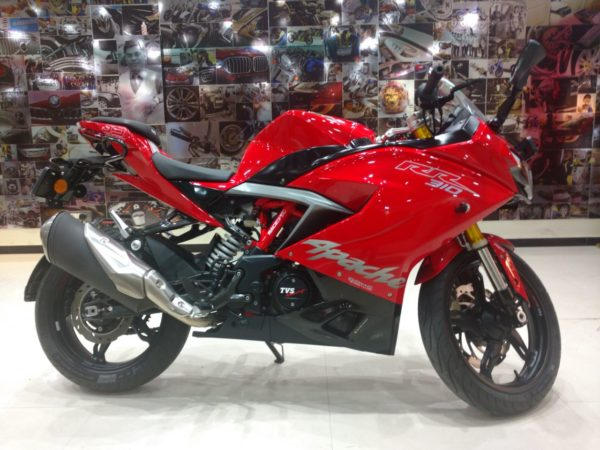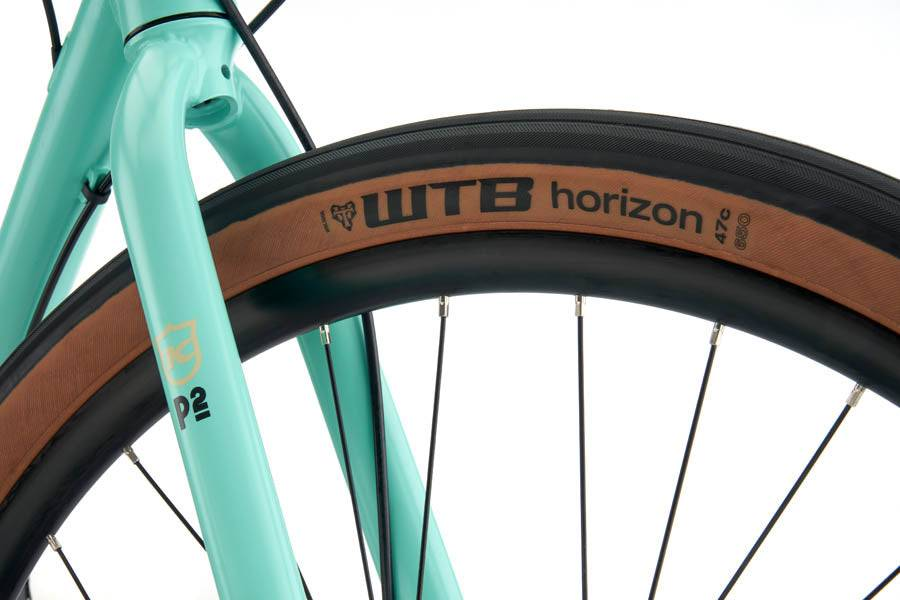Choosing the right bike can be a daunting task, especially with the variety of options available in the market today. Whether you’re an avid cyclist or a beginner, selecting a bike that suits your riding style is crucial for comfort, performance, and overall enjoyment. This guide will walk you through the key factors to consider when choosing the perfect bike for your riding style, ensuring you make an informed decision.

- Understand Your Riding Style
The first step in choosing the perfect bike is to understand your riding style. Different bikes are designed for specific purposes, so it’s essential to match the bike to the type of riding you plan to do.
Types of Riding Styles:
- Road Cycling: If you enjoy long-distance rides on paved roads, a road bike is your best option. These bikes are lightweight, have thin tires, and are designed for speed and efficiency on smooth surfaces.
- Mountain Biking: For those who prefer off-road adventures on rough terrains, a mountain bike is ideal. These bikes are built to handle dirt trails, rocks, and steep descents with features like suspension forks and wide tires.
- Commuting: If you’re using your bike primarily for commuting or city riding, a hybrid or commuter bike is a great choice. These bikes combine the features of road and mountain bikes, offering comfort and durability for daily use.
- Leisure Riding: For casual riders who enjoy leisurely rides in the park or around the neighborhood, a cruiser or comfort bike is perfect. These bikes have comfortable seats, upright handlebars, and a relaxed riding position.
- Consider the Bike Frame Material
The material of the bike frame plays a significant role in the bike’s performance, weight, and durability. Here are the most common materials used in bike frames:
Types of Frame Materials:
- Aluminum: Lightweight and affordable, aluminum is one of the most popular frame materials. It offers a good balance of strength and weight, making it suitable for various riding styles.
- Carbon Fiber: Known for its light weight and stiffness, carbon fiber is often used in high-end road bikes. It provides excellent power transfer, making it ideal for speed-focused riders.
- Steel: Steel frames are known for their durability and smooth ride quality. Although heavier than aluminum and carbon fiber, steel is preferred by touring cyclists and those who prioritize comfort.
- Titanium: Titanium frames offer the best of both worlds—lightweight and durable. They are more expensive but provide a smooth ride and are highly resistant to corrosion.
- Determine the Right Bike Size
Getting the right bike size is crucial for comfort and performance. A bike that is too small or too large can lead to discomfort, fatigue, and even injury. To find the right size, consider the following:
Sizing Tips:
- Measure Your Inseam: Stand with your feet 6 inches apart and measure the distance from the ground to your crotch. This measurement will help you determine the correct frame size.
- Check the Standover Height: When standing over the bike with your feet flat on the ground, there should be at least 1-2 inches of clearance between you and the top tube of the bike.
- Test Ride: If possible, take the bike for a test ride to see how it feels. Make sure you can reach the handlebars comfortably and that your legs are fully extended when pedaling.
- Consider the Bike’s Components
The components of a bike, such as the gears, brakes, and tires, can significantly impact your riding experience. Here’s what to look for:
Key Components:
- Gears: Bikes come with a variety of gear options, ranging from single-speed to 30-speed setups. If you ride on varied terrain, choose a bike with multiple gears for easier climbing and faster descents.
- Brakes: The two most common types of brakes are rim brakes and disc brakes. Disc brakes offer better stopping power, especially in wet conditions, making them a popular choice for mountain and commuter bikes.
- Tires: The type of tires on your bike should match your riding style. Road bikes typically have narrow, high-pressure tires for speed, while mountain bikes have wide, knobby tires for traction on rough terrain.
- Set Your Budget
Finally, it’s important to set a budget before purchasing a bike. While it’s tempting to go for the latest and greatest, there are excellent bikes available at all price points. Consider what features are most important to you and choose a bike that offers the best value for your money.
Budget Considerations:
- Entry-Level Bikes: Great for beginners, these bikes are affordable and offer basic features. They typically range from $300 to $800.
- Mid-Range Bikes: For more serious riders, mid-range bikes offer better components and performance, ranging from $800 to $2,000.
- High-End Bikes: If you’re an avid cyclist or competitor, high-end bikes with premium components can cost upwards of $2,000.
Conclusion
Choosing the perfect bike for your riding style involves careful consideration of your needs, preferences, and budget. By understanding your riding style, selecting the right frame material, ensuring proper fit, considering the components, and setting a realistic budget, you can find a bike that will provide you with years of enjoyment and performance.

